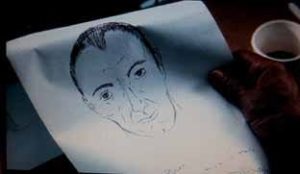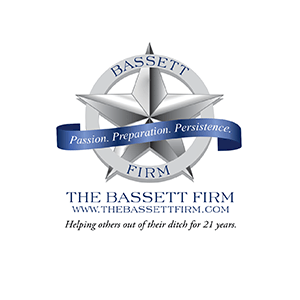
Ford Motor Co. v. Castillo
No. 03-0158, 57 Tex.Sup. J. 852 (Tex. 2014).
In an a recent opinion involving a case of juror-attorney collusion, the Texas Supreme Court clarifies whether inferences of fraud based on circumstantial evidence can constitute legally sufficient evidence to support a jury verdict finding fraudulent inducement into a settlement contract.
The Facts:
In an underlying case, Ezekiel Castillo and other occupants of his Ford Explorer sued Ford Motor Company under a design defects theory for injuries they sustained in a roll-over accident. After four weeks of trial, jury deliberations began. Cynthia Cruz Cortez was selected to be the foreperson. As the jury began to deliberate, they quickly answered the first liability question in Ford’s favor, and seemed likely to answer the second and final jury question in Ford’s favor as well.
Meanwhile, Pete Tassie, counsel for Ford and Mark Cantu, counsel for Castillo, began engaging in settlement discussions. Cantu’s pre-suit offer of $15 million quickly dropped to $8 million, then $4 million, then to $1.96 million. However, Cantu stated multiple times during the negotiations that his demand would increase to $3 million if the jury were to send a note about damages.
The following morning, the jury sent a note to the judge, asking: “what is the maximum amount that can be awarded?” Upon discovering this, Cantu quickly called Tassie and the parties agreed to settle for $3 million.
When the jury was dismissed, Ford’s counsel discussed the case with 11 of the jurors – all except for Cynthia Cortez. None of the other jurors knew that Cantu had sent the note about damages to the judge, and had actually told her they did not want to send a note about damages. Upon great suspicion that there had been collusion, Ford refused to pay Castillo the $3 million settlement amount, so he sued them for breach of the settlement agreement.
The Court’s Analysis:
Ford’s defense to the suit, in part, was that it was fraudulently induced into entering the settlement agreement. The jury agreed, finding that the settlement agreement was invalid due to fraudulent inducement.
Castillo appealed, arguing that there was legally insufficient evidence to support the following elements of a fraudulent inducement claim: (1) a material misrepresentation, (2) that was sent by or at the direction of the plaintiffs or their agents or representatives with knowledge it was false, and (3) that was sent with the intent that Ford rely on the representation. The Court of Appeals agreed, and Ford appealed the decision to the Texas Supreme Court.
Regarding the first element, the Court determined that the jury note regarding damages clearly implied (1) that the note is from the jury collectively, (2) that the jury is deliberating about damages, and (3) that it intends to award the maximum amount. The evidence indicated that none of those implications were true. Thus, the Court determined that the note implied false material statements, which is enough to constitute some evidence of Element #1.
Regarding Element #2, the Court determined that there was enough circumstantial evidence to establish a pattern that reasonably implicates Cantu in Cortez’s fraudulent scheme to send the note. This circumstantial evidence and implications drawn therefrom pointed to collusion, and that constituted “some evidence,” which is all that is required to defeat a legal sufficiency challenge. The Court then quickly determined that the inferences drawn constituted evidence to support Element #3, that Cortez sent the note with the intent that Ford rely on it.
What to Take Away:
This collusion between Cantu and Cortez appears to have been plucked from a John Grisham novel. However, neither Cortez nor Cantu fessed up to the fraud. Cantu argued vehemently that there was not any actual evidence of the elements of fraudulent inducement – only some circumstantial evidence that may lead someone to infer that collusion had occurred.
The Court shot down Cantu’s argument, citing a caselaw from over 160 years ago in stating that “in cases of fraud, ‘it is not often that any kind of evidence but circumstantial evidence can be procured.'” Thompson v. Shannon, 9 Tex. 536, 538 [1853]. In these situations, there is almost never a smoking gun that proves the fraud. Instead, there are numerous pieces of circumstantial evidence that can reasonably infer fraud. In such a situation, the Court has determined that it will not overrule the jury’s findings.

